The quest for “quantum supremacy”—unambiguous proof that a quantum computer does something faster than an ordinary computer—has paradoxically led to a boom in quasi-quantum classical algorithms.


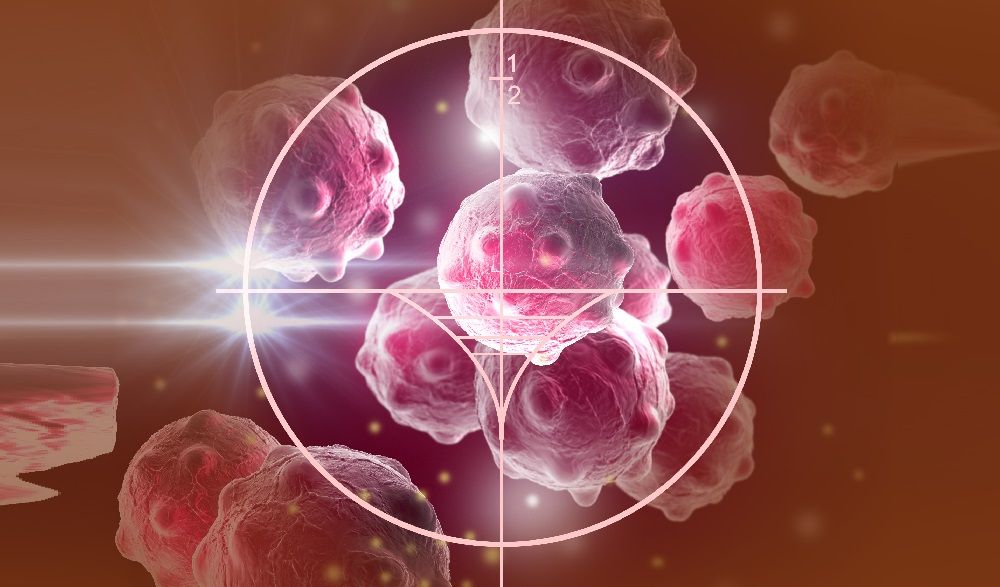
Summary: Treatability of cancer was raised to over 80% by a new intelligent system that sifts through massive genetic datasets to pinpoint targets for cancer treatment, say these scientists. [This article first appeared on LongevityFacts. Author: Brady Hartman. ]
Scientists in Singapore have discovered a significantly improved way to treat cancer by listening to many different computer programs rather than just one.
Their new computer program reaches a consensus on how to treat a specific tumor, and it is significantly more accurate than existing predictive methods. The system isolates the Achilles heel of each individual tumor, helping doctors to choose the best treatment.

Finkbeiner’s success highlights how deep learning, one of the most promising branches of artificial intelligence (AI), is making inroads in biology. The algorithms are already infiltrating modern life in smartphones, smart speakers and self-driving cars. In biology, deep-learning algorithms dive into data in ways that humans can’t, detecting features that might otherwise be impossible to catch. Researchers are using the algorithms to classify cellular images, make genomic connections, advance drug discovery and even find links across different data types, from genomics and imaging to electronic medical records.
A popular artificial-intelligence method provides a powerful tool for surveying and classifying biological data. But for the uninitiated, the technology poses significant difficulties.
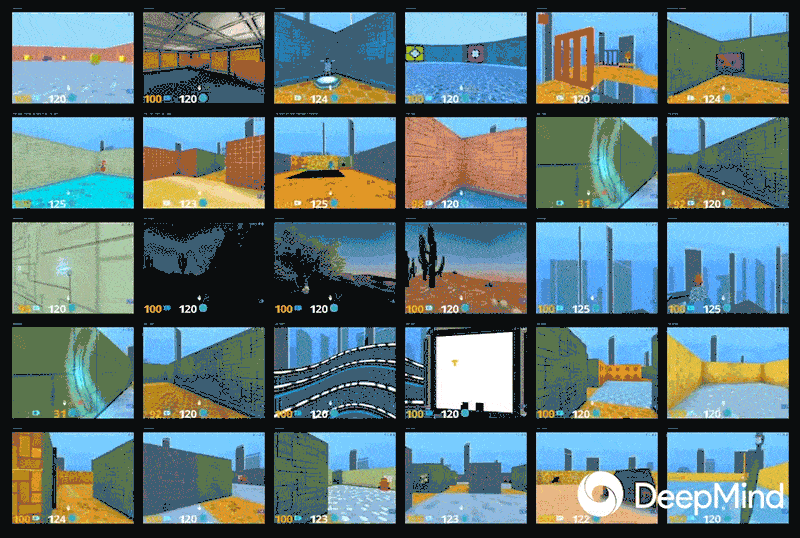
By using insights from one job to help it do another, a successful new artificial intelligence hints at a more versatile future for machine learning.
Backstory: Most algorithms can be trained in only one domain, and can’t use what’s been learned for one task to perform another, new one. A big hope for AI is to have systems take insights from one setting and apply them elsewhere—what’s called transfer learning.
What’s new: DeepMind built a new AI system called IMPALA that simultaneously performs multiple tasks—in this case, playing 57 Atari games—and attempts to share learning between them. It showed signs of transferring what was learned from one game to another.

New algorithms show how very simple robots can be made to work together as a group.

PETER SINGER, AN expert on future warfare at the New America think-tank, is in no doubt. “What we have is a series of technologies that change the game. They’re not science fiction. They raise new questions. What’s possible? What’s proper?” Mr Singer is talking about artificial intelligence, machine learning, robotics and big-data analytics. Together they will produce systems and weapons with varying degrees of autonomy, from being able to work under human supervision to “thinking” for themselves. The most decisive factor on the battlefield of the future may be the quality of each side’s algorithms. Combat may speed up so much that humans can no longer keep up.
Frank Hoffman, a fellow of the National Defence University who coined the term “hybrid warfare”, believes that these new technologies have the potential not just to change the character of war but even possibly its supposedly immutable nature as a contest of wills. For the first time, the human factors that have defined success in war, “will, fear, decision-making and even the human spark of genius, may be less evident,” he says.
Weapons with a limited degree of autonomy are not new. In 1943 Germany produced a torpedo with an acoustic homing device that helped it find its way to its target. Tomahawk cruise missiles, once fired, can adjust their course using a digital map of Earth’s contours. Anti-missile systems are pre-programmed to decide when to fire and engage an incoming target because the human brain cannot react fast enough.
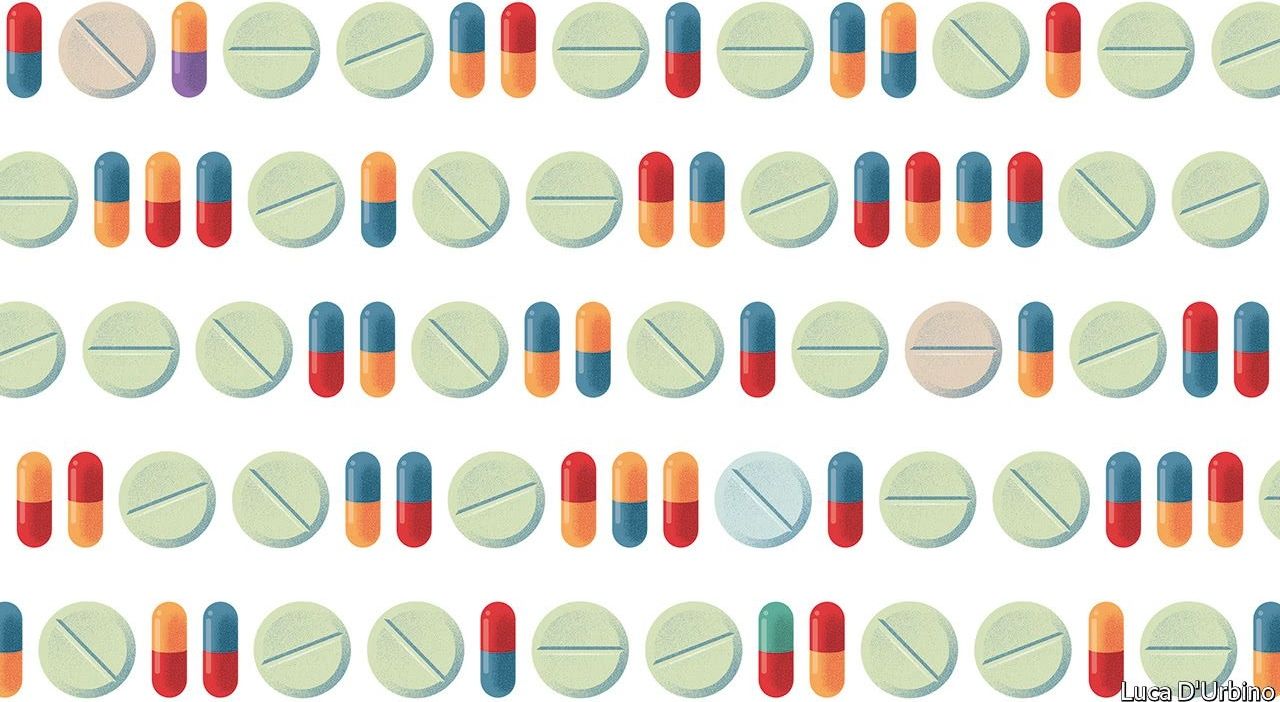
Will the benefits of making data more widely available outweigh such risks? The signs are that they will. Plenty of countries are now opening up their medical records, but few have gone as far as Sweden. It aims to give all its citizens electronic access to their medical records by 2020; over a third of Swedes have already set up accounts. Studies show that patients with such access have a better understanding of their illnesses, and that their treatment is more successful. Trials in America and Canada have produced not just happier patients but lower costs, as clinicians fielded fewer inquiries. That should be no surprise. No one has a greater interest in your health than you do. Trust in Doctor You.
NO WONDER they are called “patients”. When people enter the health-care systems of rich countries today, they know what they will get: prodding doctors, endless tests, baffling jargon, rising costs and, above all, long waits. Some stoicism will always be needed, because health care is complex and diligence matters. But frustration is boiling over. This week three of the biggest names in American business—Amazon, Berkshire Hathaway and JPMorgan Chase—announced a new venture to provide better, cheaper health care for their employees. A fundamental problem with today’s system is that patients lack knowledge and control. Access to data can bestow both.
The internet already enables patients to seek online consultations when and where it suits them. You can take over-the-counter tests to analyse your blood, sequence your genome and check on the bacteria in your gut. Yet radical change demands a shift in emphasis, from providers to patients and from doctors to data. That shift is happening. Technologies such as the smartphone allow people to monitor their own health. The possibilities multiply when you add the crucial missing ingredients—access to your own medical records and the ability easily to share information with those you trust. That allows you to reduce inefficiencies in your own treatment and also to provide data to help train medical algorithms. You can enhance your own care and everyone else’s, too.
Upgrade your inbox.
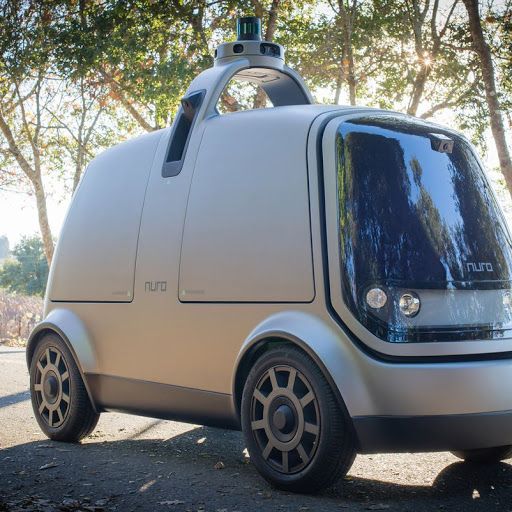
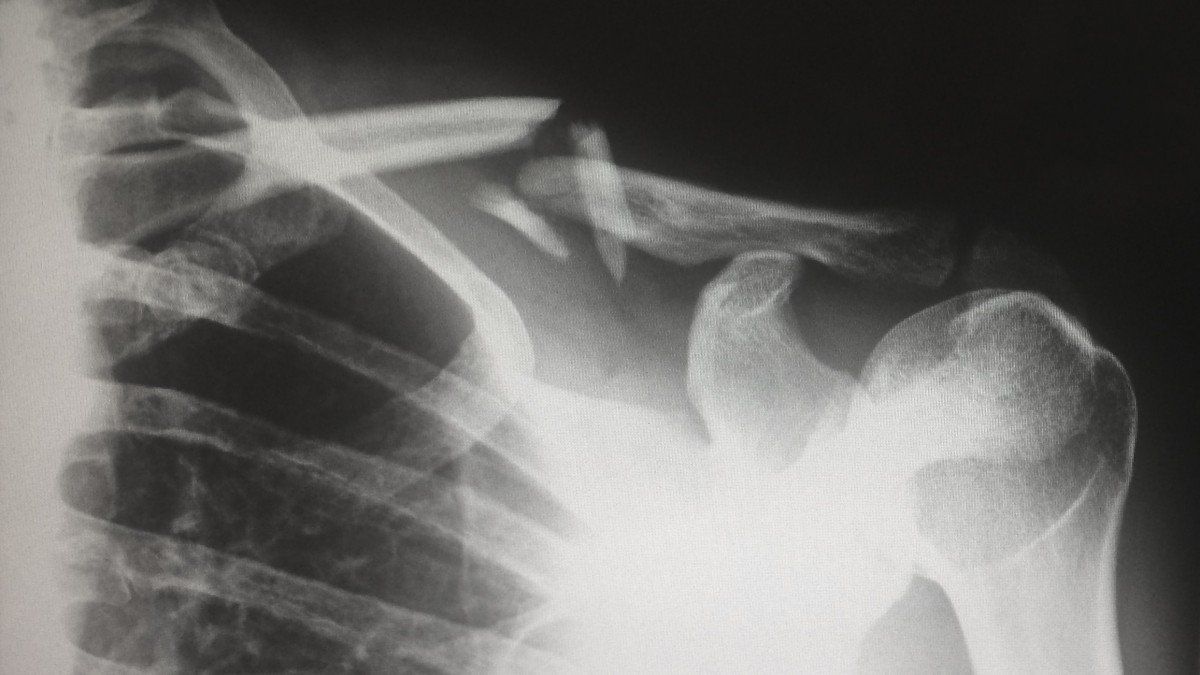
A new model can detect abnormalities in x-rays better than radiologists—in some parts of the body, anyway.
The results: Stanford researchers trained a convolutional neural network on a data set of 40,895 images from 14,982 studies. The paper documents how the algorithm detected abnormalities (like fractures, or bone degeneration) better than radiologists in finger and wrist radiographs. However, radiologists were still better at spotting issues in elbows, forearms, hands, upper arms, and shoulders.
The background: Radiologists keep getting put up against AI, and they usually don’t fare even as well as this. Geoffrey Hinton, a prominent AI researcher, told the New Yorker that advances in AI mean that medical schools “should stop training radiologists now.”

Neuroscientist Brie Linkenhoker believes that leaders must be better prepared for future strategic challenges by continually broadening their worldviews.
As the director of Worldview Stanford, Brie and her team produce multimedia content and immersive learning experiences to make academic research and insights accessible and useable by curious leaders. These future-focused topics are designed to help curious leaders understand the forces shaping the future.
Worldview Stanford has tackled such interdisciplinary topics as the power of minds, the science of decision-making, environmental risk and resilience, and trust and power in the age of big data.